Your Shed Is Trying to Ruin Your Stuff. Here’s How to Stop It.
For years, I’ve been the person folks call to build, fix, or organize their sheds. I’ve seen it all, from workshops so clean you could eat off the floor to sheds so jam-packed you couldn’t get the door open. And you know the biggest mistake I see, time and time again? People treating their shed like a spare room in their house.
In this article
They stuff it full of things that have absolutely no business being out there. Then, a few months later, my phone rings, and they’re frustrated because their precious belongings are completely ruined.
Trust me, I learned this lesson the hard way myself. A long time ago, I stored a box of my dad’s old woodworking tools—beautiful, classic hand planes and chisels—in a basic metal shed. I figured they’d be fine. After just one winter and a humid spring, I opened that box to a gut-wrenching sight. The planes were rusted solid, and the wooden handles were swollen and coated in a fine green mildew. It was a tough lesson in basic physics: a standard shed is a pretty hostile environment, not a gentle extension of your home.
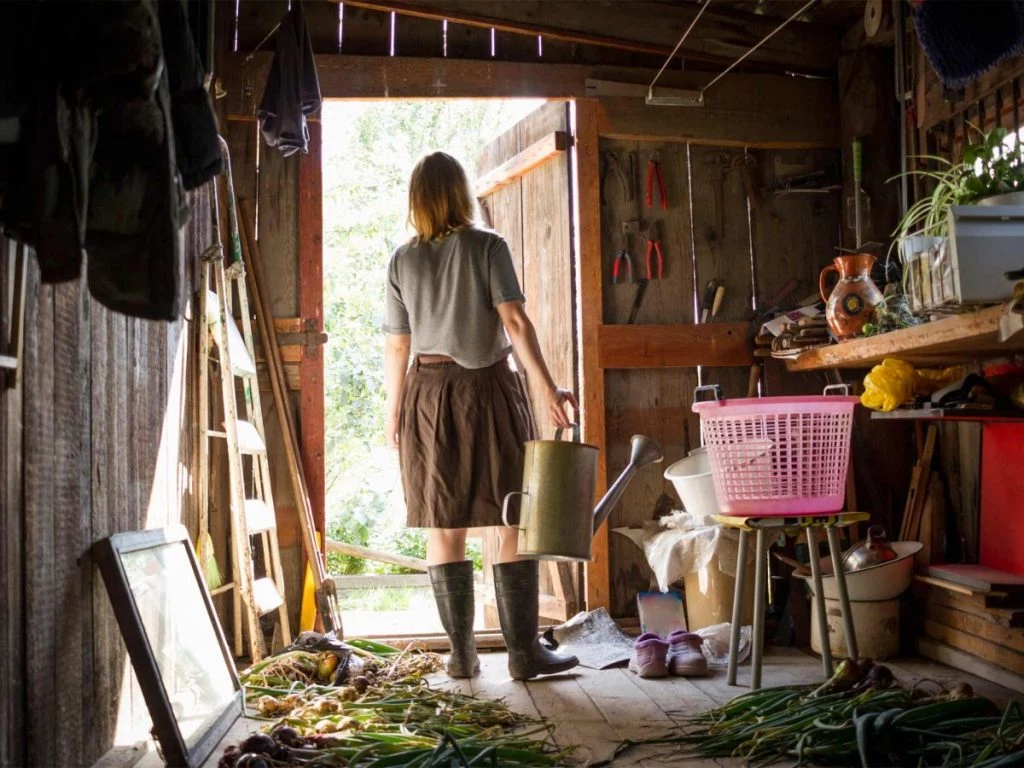
So, the first step is to understand what a shed really is: a simple box that offers basic shelter from sun and rain. It’s a space ruled by wild temperature swings, humidity, and uninvited pests. Once you accept that, you can start using it the right way to protect your stuff. This guide will walk you through the why, what not to store, and, most importantly, the pro-level solutions to make your shed a genuinely useful space.
The Forces Working Against You in Your Shed
To keep your things safe, you first have to know your enemy. Four main factors are constantly waging war on your belongings: temperature, humidity, critters, and sunlight.
Temperature Swings: The Hot and Cold Torture Cycle
An uninsulated shed is basically an oven in the summer and a freezer in the winter. The sun beats down on that roof, and things get hot, fast. I’ve personally stuck a thermometer in a dark-colored metal shed on a 95°F day and watched it climb past 140°F. That kind of heat will melt plastics, turn adhesives into goo, and warp anything delicate.
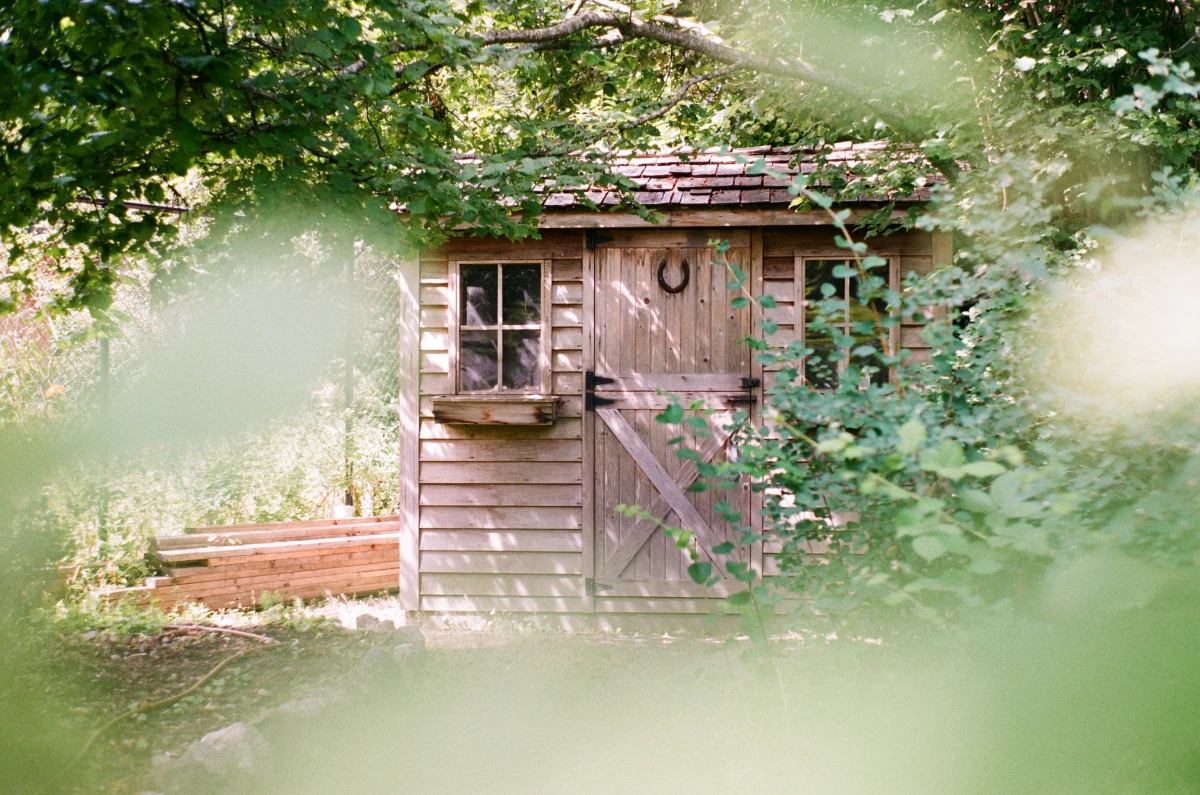
Then, when the sun goes down, all that heat escapes. In colder regions, the inside temperature will plunge below freezing. This daily cycle of expanding (when hot) and contracting (when cold) is a disaster for items made of different materials, like electronics or furniture. The parts expand and shrink at different rates, which can crack joints, loosen glue, and ruin your stuff over time.
Humidity and Condensation: The Silent Destroyer
This one is the real killer. Humidity is just water vapor in the air. When warm, moist air hits a cold surface, that vapor turns back into liquid water. It’s the same reason a glass of iced tea “sweats” on a summer day. Your shed does this on a massive scale.
As evening falls, the shed’s metal roof and walls cool down quickly. The warm, damp air inside touches these cool surfaces, and boom—condensation. Water literally drips from the ceiling and runs down the walls. This moisture is the #1 cause of rust on your tools, mold on fabrics, and rot in wood. An unventilated shed is a perfect machine for creating this damaging moisture.
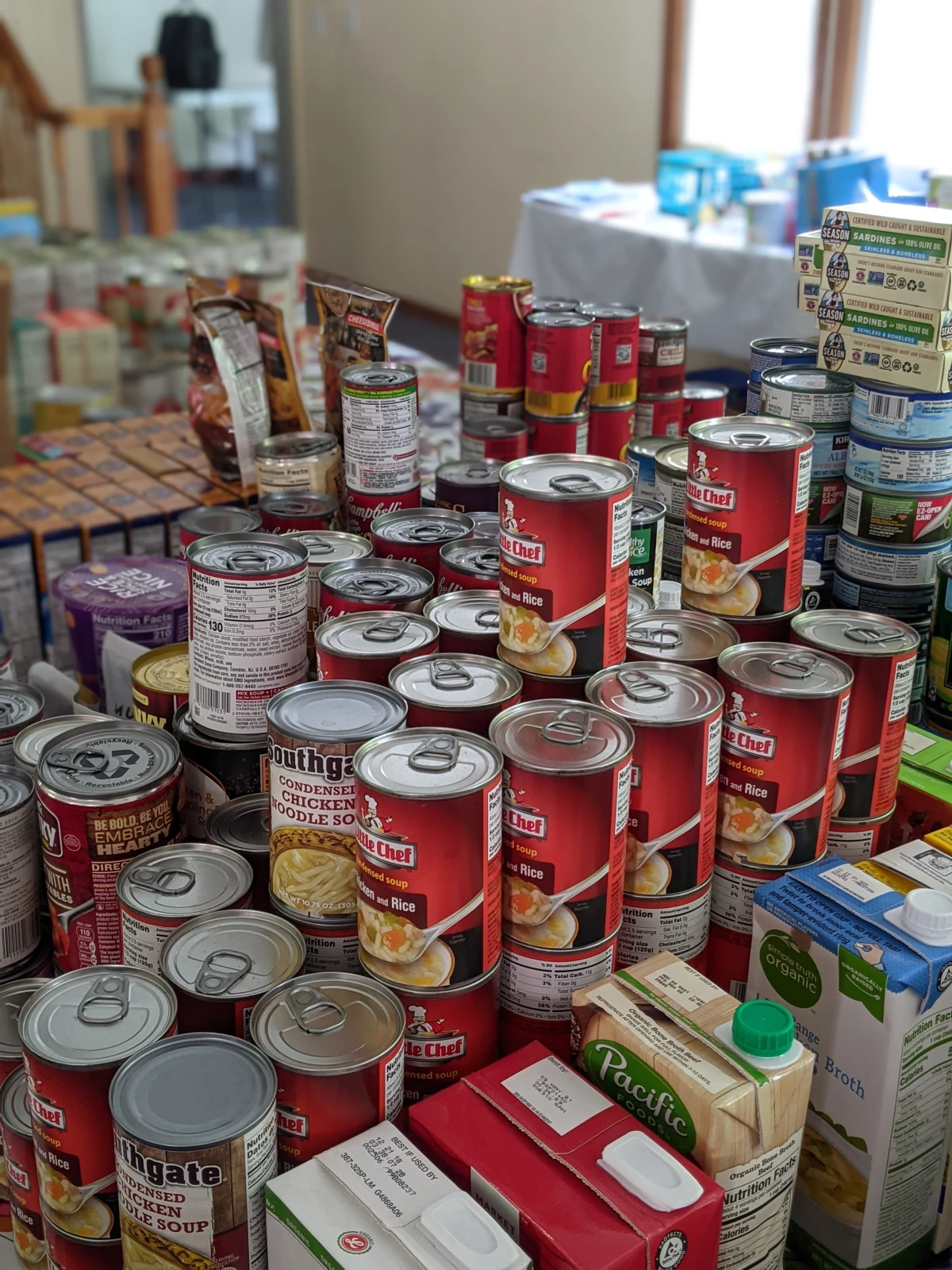
Pests: The Unwanted Roommates
To a mouse, spider, or roach, your shed is a five-star resort offering free room and board. They can squeeze through the tiniest gaps—a mouse only needs a hole the size of a dime. Common entry points are the gap under the door, unscreened vents, and where the walls meet the foundation. Once inside, they’ll chew through boxes, build nests in your old blankets, and create a disgusting, unhealthy mess.
UV Light: The Fading Menace
Even a small window lets in powerful ultraviolet (UV) light. UV rays are a form of radiation that breaks down chemical bonds. It’s what causes bright colors on fabrics to fade, turns paper yellow and brittle, and makes plastic storage bins so fragile they crumble in your hands. The damage is slow, but it’s irreversible.
The “Never Ever” List: What to Keep Out of a Standard Shed
Based on those four factors, here’s a clear rundown of things that just don’t belong in a typical, un-climatized shed. Storing them there isn’t a gamble; it’s a guarantee they’ll be damaged.

Wooden Furniture
I once had a client store her grandmother’s beautiful antique dresser in a shed while renovating. A year later, the veneer was peeling off in sheets and the joints were so loose the whole thing wobbled. Wood naturally absorbs and releases moisture, causing it to constantly swell and shrink. This destroys glue, cracks finishes, and splits seams. Just don’t do it.
Electronics
An old TV, computer, or stereo might seem fine for shed storage, but it’s a death sentence for them. The temperature swings cause tiny cracks in the solder joints on circuit boards. Worse, a bit of condensation can cause a short circuit or corrosion that eats away the delicate electronics.
Photos, Art, and Important Papers
This stuff is often irreplaceable. Humidity makes photos stick together, permanently ruining them, and causes paper to get wavy and gross. Heat and humidity accelerate the yellowing of documents. And any sunlight will fade photos and artwork in no time. Keep birth certificates, financial records, and family photos in a safe, dry place inside your house.
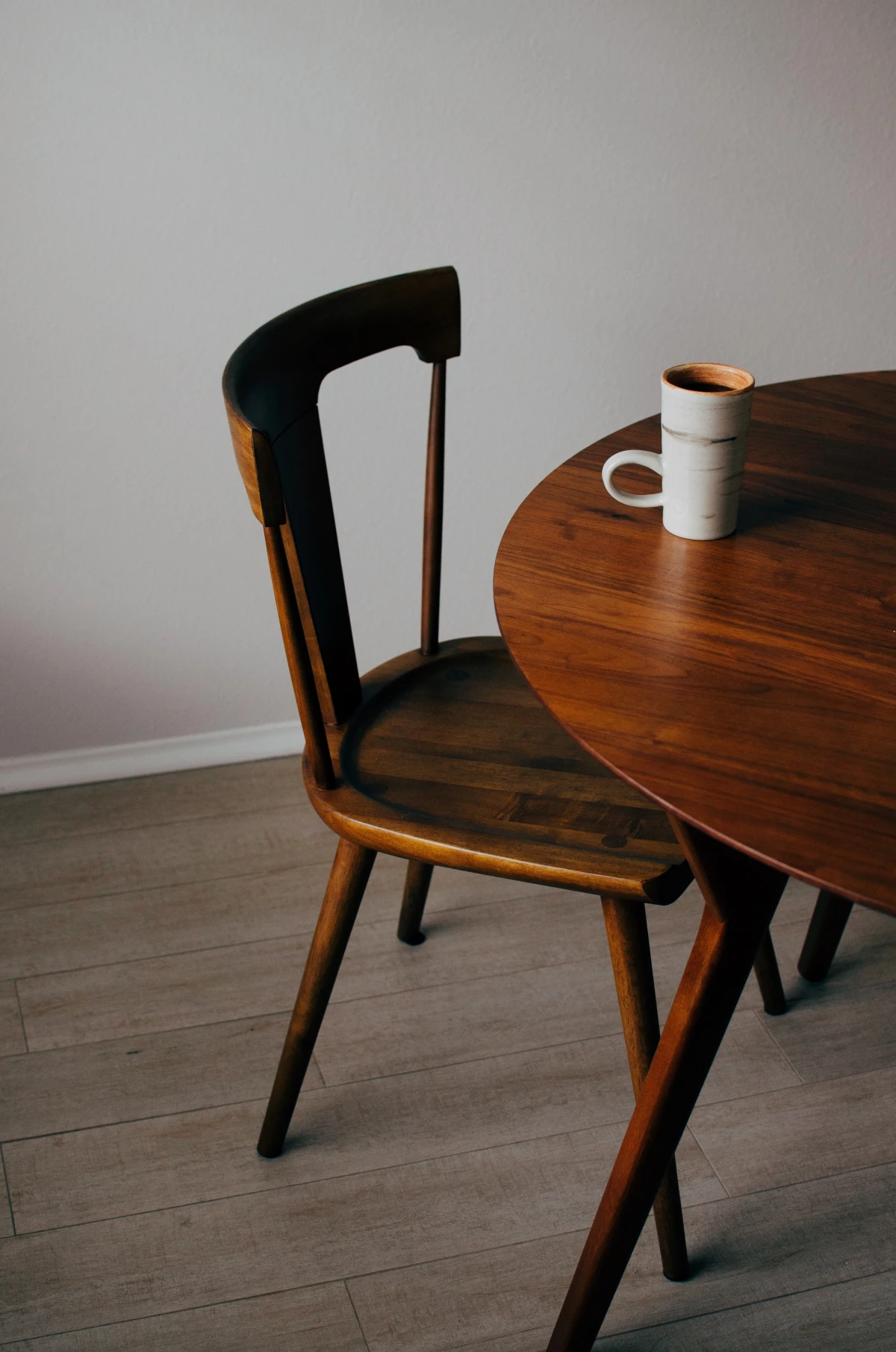
Clothing, Bedding, and Upholstery
Natural fibers like cotton and wool are moisture magnets. They’ll soak up humidity from the air, creating the perfect environment for mold and mildew. That musty smell is nearly impossible to wash out. Oh yeah, and mice absolutely love to shred this stuff to make cozy nests. Unless it’s in a truly airtight, waterproof container, keep it indoors.
Paint and Adhesives
I get this question constantly. A half-used can of paint seems perfect for the shed, right? Nope. It’s one of the worst things to store there. If latex paint freezes, the water separates from the pigments, and you’re left with a lumpy, useless mess. Extreme heat is just as bad, causing it to break down. Good to know: most paints have a safe storage temperature range printed on the can, usually between 50°F and 80°F.
Canned Foods
A shed is not a pantry. While it seems convenient for overflow storage, it’s actually dangerous. Food safety guidelines are clear: canned goods need a cool, dry place. A shed is neither. High heat can spoil the food, and temperature swings can cause the can’s seams to rust or break, letting in deadly bacteria like the kind that causes botulism. If a can looks rusted, dented, or bulging, throw it out immediately.

Propane, Gasoline, and Flammables
This is the most important rule. This is non-negotiable. Never, ever store propane tanks or gasoline cans inside a shed or any enclosed structure. Propane tanks can vent flammable gas if they get too hot. In a confined space, those fumes can accumulate, and a single spark—from a light switch, or a tool hitting the floor—could cause a catastrophic explosion. Store them outdoors, in a well-ventilated spot away from direct sun and ignition sources, period.
Choosing a Better Shed from the Start
By the way, if you haven’t bought a shed yet, you can save yourself a lot of future headaches by making a few smart choices upfront.
Think about materials. Resin (heavy-duty plastic) sheds are great because they won’t rot or rust and are pretty low-maintenance. Traditional wood sheds look great and are easy to customize with shelves, but they require more upkeep (painting or staining) to prevent rot. Metal sheds are often the most budget-friendly but can be prone to denting and, as we discussed, can get incredibly hot.
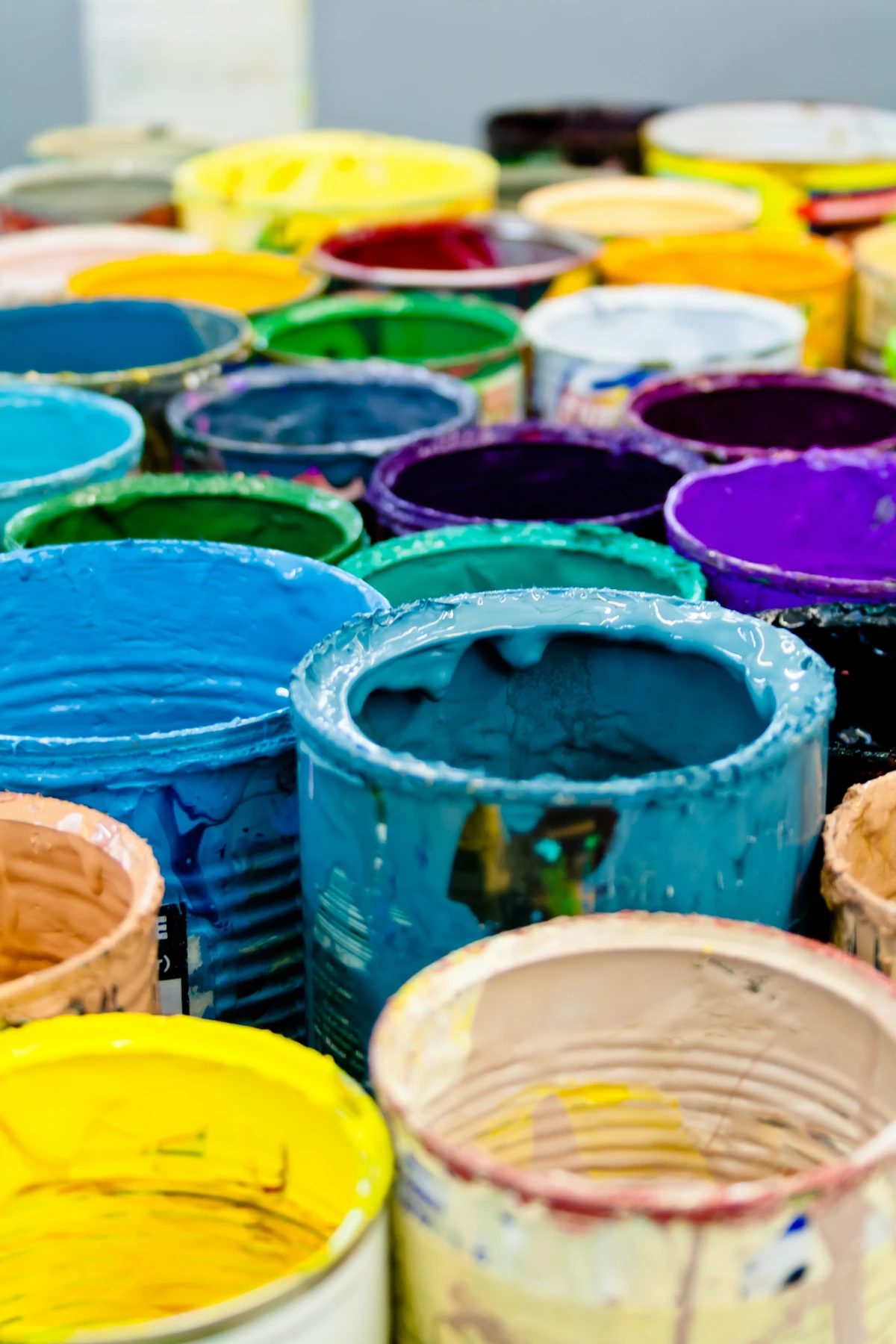
If you live in a hot, sunny climate, do yourself a favor and choose a light-colored shed. A white, tan, or light gray shed will reflect sunlight and stay significantly cooler inside than a dark green or brown one. Also, look for models that come with built-in ventilation, like ridge vents or soffit vents. Good airflow is your best defense against moisture buildup.
How to Set Up Your Shed for Success
Okay, so after all those warnings, what can you do? A shed is a fantastic tool when used for the right job. It’s the perfect home for anything that’s already built to live outdoors.
What Actually Belongs in a Shed:
- Lawnmowers, trimmers, wheelbarrows, shovels, and rakes.
- Durable hand tools like wrenches and hammers (a quick tip: wipe them with a thin coat of 3-in-1 oil or paste wax to prevent surface rust).
- Potting supplies like bags of soil, clay pots, and planters.
- Outdoor gear like bicycles, sports equipment, and plastic patio furniture.
- Heads up! Before storing your lawnmower or other gas-powered equipment for the winter, make sure to drain the gasoline. Old gas can gum up the engine.
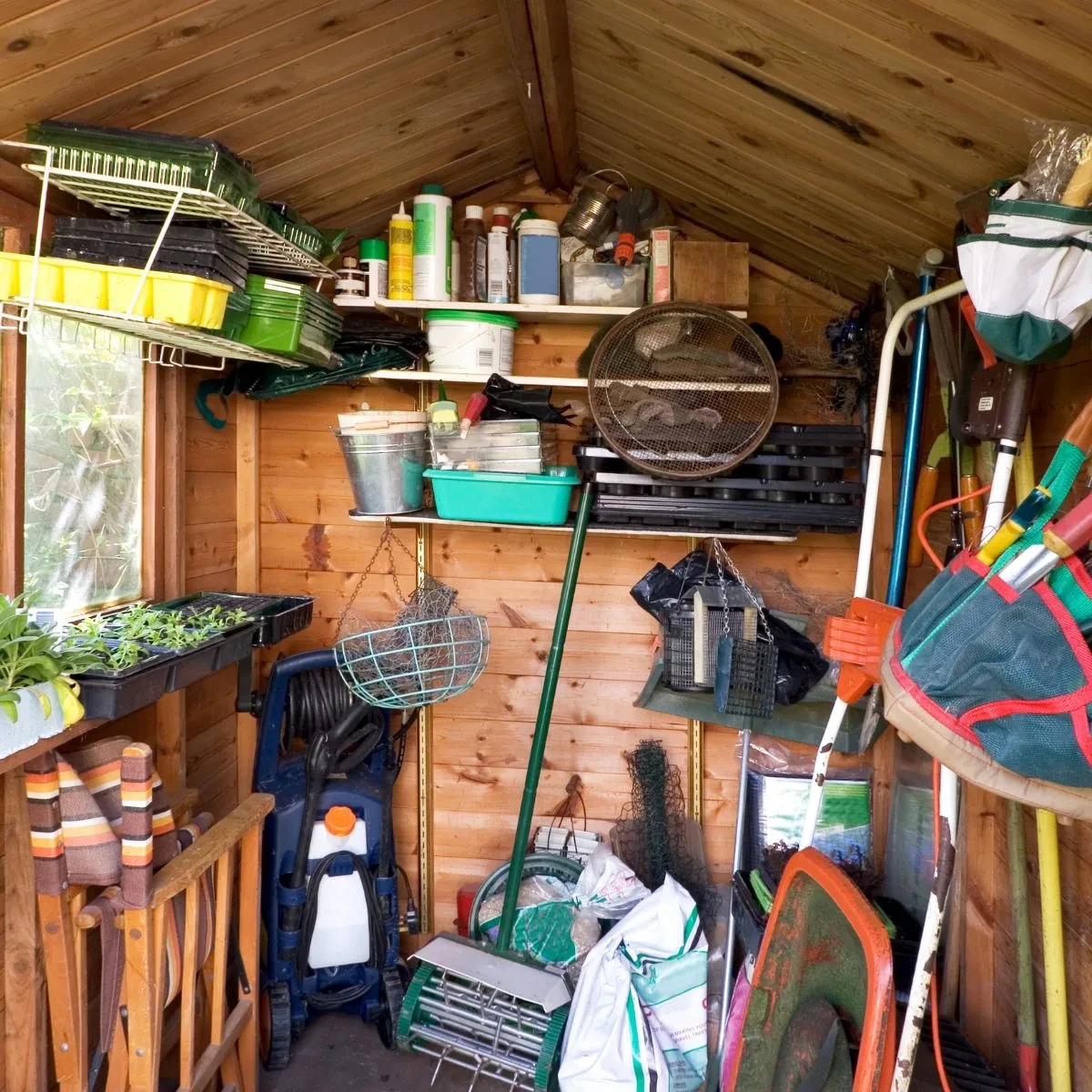
A Pro’s Guide to Smart Shed Storage
A few simple upgrades can make a world of difference. Here’s a little starter kit I recommend to clients.
Your Shed Organization Starter Kit (Budget: ~$200-350):
- Freestanding Metal Shelves ($80 – $200): The absolute first rule of shed storage is to get everything off the floor. The floor is the wettest, dirtiest, and most pest-prone zone. Sturdy metal shelves are best because they’re pest-proof and allow for air circulation. You can find them at any big-box hardware store.
- Weather-Sealed Totes (4 for ~$100): Cardboard boxes are just an invitation for moisture and bugs. Ditch them. Those cheap, basic plastic totes are a step up, but they aren’t airtight. The real investment is in heavy-duty, weather-sealed totes with strong latching lids and a foam or rubber gasket. They’re a bit pricier—expect to pay $20 to $30 per tote—but they’re the only thing that truly keeps moisture and pests out.
- Pest-Proofing Supplies (~$15): Grab a tube of exterior caulk and a bag of coarse steel wool. Find every single gap or crack around the base of your shed and stuff it with steel wool (mice hate chewing it), then seal it with caulk. Pay special attention to the gap under the door.
- ABC Fire Extinguisher (~$30): Mount a fire extinguisher right inside the door. It’s a small price for huge peace of mind.
When you’re organizing, always leave an inch or two of space between your totes and the shed walls. This little air gap helps any condensation on the walls dry out before it can cause trouble.
Need Better Protection? Advanced Upgrades
So what if you absolutely need to store something more sensitive out there? It’s possible, but it means turning your basic shed into a more conditioned space.
The first step is insulation. Rigid foam board is usually the easiest to install in a shed with exposed studs. Look for boards at least 1-inch thick, which you can find at places like Home Depot for about $20-$30 per 4×8 sheet. This will help moderate those extreme temperature swings.
For some, building a small, super-insulated “closet-in-a-shed” is a more practical approach. That way, you only have to climate-control a tiny space with a small, safe electric heater or a dehumidifier, instead of the whole building.
A quick but serious warning: if you do this, you’ll need electricity. This is not a DIY job. You must hire a licensed electrician to run a proper, grounded, and code-compliant circuit from your house. Faulty wiring in an outbuilding is a massive fire hazard.
Honestly, by understanding its limits and setting it up correctly, your shed can be one of the most useful parts of your property. Think of it as a dedicated garage for your outdoor gear, not a forgotten junk drawer. A little bit of planning will save you a world of frustration and money down the road.
Inspirational Gallery with Photos
The first line of defense is a good seal: Mice can squeeze through a dime-sized hole, and insects need even less. Before you organize anything, do a full sweep of your shed’s perimeter. Use a quality sealant like Great Stuff Pestblock to fill every single crack and gap, especially where the walls meet the foundation and around any pipe or wire entries. It’s the most effective 30 minutes you’ll ever spend on shed maintenance.
A study by the Lawrence Berkeley National Laboratory found that a white or light-colored roof can stay up to 50–60°F cooler than a traditional black roof on a sunny day.
This principle applies directly to your shed. If you have a dark metal or shingle roof, applying a high-reflectivity roof coating or simply repainting it a light color like white or beige can dramatically lower the internal temperature, offering crucial protection for sensitive items like glues, plastics, and electronics.
What’s the best way to fight the damp without running a power line for a dehumidifier?
For enclosed sheds without electricity, look to passive moisture absorbers. Products like DampRid, which use calcium chloride crystals, are excellent for pulling humidity out of the air in smaller spaces. For a more robust, long-term solution, consider a rechargeable desiccant dehumidifier, like the Eva-Dry E-333. You simply “charge” it by plugging it in indoors for a few hours, then place it in the shed where it works silently for weeks.
Standard Clear Bins: They’re great for seeing contents at a glance inside your home, but their thin plastic can become brittle in extreme cold and warp in high heat. The lids rarely offer an airtight seal.
Heavy-Duty Opaque Totes: Look for models like the Rubbermaid ActionPacker or Stanley FATMAX series. They are made from weather-resistant materials, block damaging UV light, and often feature gasketed lids that create a tight seal against moisture and pests. They are the undisputed champions for shed storage.
Give your tools and equipment a fighting chance against moisture and rust by creating a more forgiving microclimate right on the shelf. Placing a VCI (Vapor Corrosion Inhibitor) emitter, like a small Zerust Plastab, inside toolboxes or sealed storage containers releases a harmless, odorless vapor that bonds to metal surfaces and prevents rust from forming. It’s the same technology used to protect industrial and military equipment during shipping.
- Gain ultimate storage flexibility.
- Keep tools visible and off the floor.
- Easily reconfigure your layout as your collection grows.
The secret? A French cleat system. This simple but brilliant method involves mounting angled wood strips to the wall, allowing you to hang custom-built holders for every tool, bin, and cabinet. It’s a classic woodworker’s trick that brings order and adaptability to any shed wall.
Mold and mildew can begin to grow on surfaces when relative humidity consistently exceeds just 55%.
Don’t just organize; elevate your items off the ground. Even a minor water leak or condensation on a concrete floor can wick up into cardboard boxes and wooden items, causing irreversible damage. Simple, sturdy shelving is non-negotiable. For a budget-friendly and rot-resistant option, build your frames with 2x4s and use pressure-treated plywood for the lowest shelf that might be exposed to dampness.
The annual shed ‘clean out’ can feel like a chore, but reframing it as a ‘seasonal audit’ changes everything. It’s a chance to not only tidy up but also to inspect for leaks, pest intrusion, or signs of moisture damage. This 90-minute ritual each spring and fall saves your belongings and transforms the shed from a forgotten junk drawer into a functional, reliable workspace ready for the season’s projects.
- Proper airflow to combat humidity and stale air.
- Free, off-grid daytime illumination.
- A more comfortable working environment.
The solution is often as simple as installing a window. A basic single-pane sash window or even a fixed polycarbonate sheet can transform a dark, damp shed. It not only provides light but, when opened, creates crucial cross-ventilation, helping to exhaust the hot, humid air that damages your gear.










